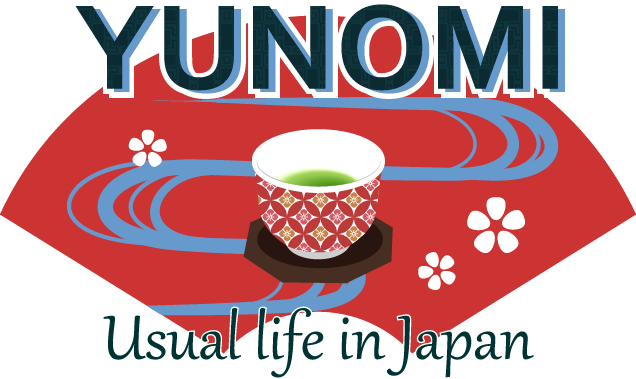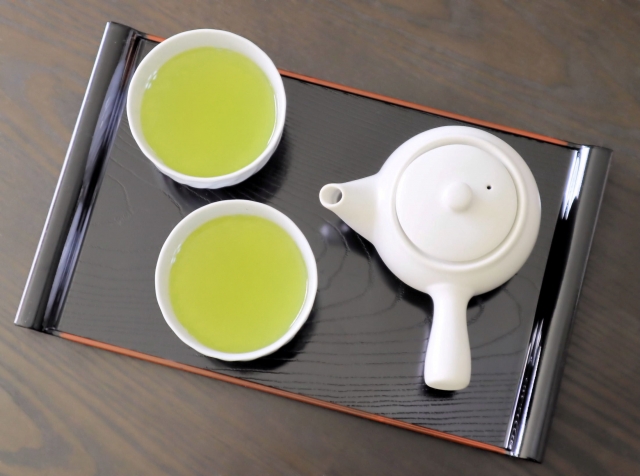Sencha is the green tea most Japanese people drink every day. A small cup after meals, during work, or when guests arrive — sencha is the quiet heartbeat of daily life.
Its bright color, clean aroma, and gentle bitterness embody the balance of Japanese taste.
How Sencha Is Made
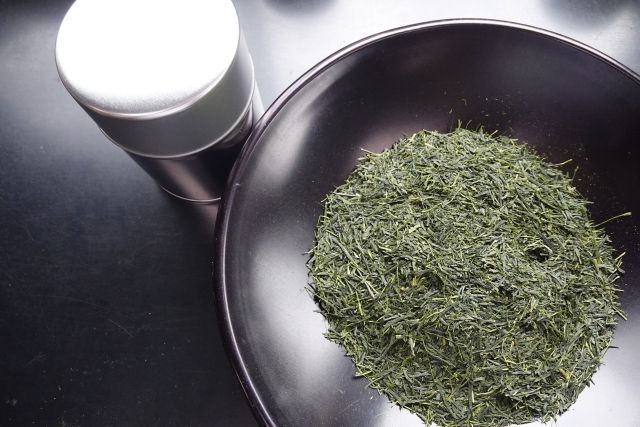
Fresh tea leaves are harvested in spring, quickly steamed for about 30–60 seconds to stop oxidation, then rolled and dried into fine needle-like shapes. This short steaming preserves the vivid green color and refreshing aroma.
The rolling process draws out the natural oils, giving sencha its signature sweetness and clear fragrance.
Ichibancha — The First Tea of the Year
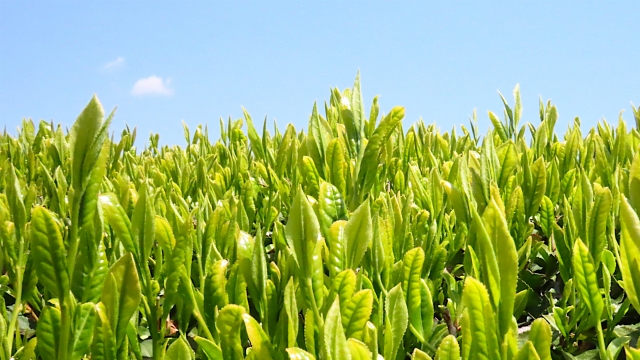
The tea plants used for sencha begin their slow preparation long before harvest. From the previous autumn, the buds rest and store nutrients through the cold winter.
As the weather warms in March, the first tiny shoots begin to appear, growing gradually over a month.
By late April to early May, these tender young leaves are ready to be picked. This first harvest is called ichibancha, often known as shincha — “new tea.”
Ichibancha is considered the highest-quality tea of the year. Because the leaves have been nurtured over many months, they contain a high level of theanine — the amino acid that creates tea’s gentle sweetness and umami.
Theanine dissolves even in cooler water, making shincha delicious as a chilled tea. It also has a relaxing effect, helping to calm the mind, which is why many Japanese enjoy it during quiet moments of rest.
Its taste is fresh, soft, and slightly sweet with almost no harsh bitterness. The liquor shines a bright yellow-green, and the fragrance carries the feeling of early summer.
As a seasonal delicacy, shincha is often given as a gift and sells for around ¥2,000–¥3,000 per 100g. It’s the tea that marks the start of a new year’s harvest — a celebration of renewal itself.
Nibancha — The Everyday Tea
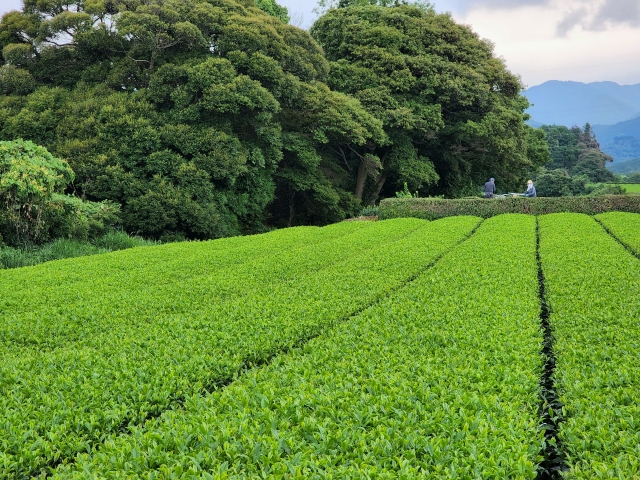
About forty-five days after the first harvest, new buds sprout again from the same tea plants. When these are picked, the resulting tea is called nibancha, or the “second flush.”
Because these leaves grow under stronger sunlight, they develop more caffeine and catechins. These compounds bring out a brisk, slightly bitter edge and a more robust aroma.
While nibancha has less of the delicate umami found in ichibancha, it offers a refreshing sharpness and lively flavor that pairs well with meals. It’s especially pleasant when brewed slightly stronger or served cold in summer.
Tea from regions with long daylight hours, like Kakegawa in Shizuoka, is known for its high catechin content.
Catechins are natural antioxidants and may help regulate cholesterol — one reason nibancha is valued as a healthy, everyday tea.
Typically priced around ¥800–¥1,500 per 100g, it’s affordable enough for daily enjoyment while still offering the quality of authentic Japanese tea.
How to Brew Sencha

For sencha, water temperature controls everything.
Use water around 70–80°C (160–175°F) and steep for about one minute. Cooler water draws out more sweetness and umami; hotter water emphasizes briskness and aroma. Use about one teaspoon of tea leaves (2g) per 100ml of water.
In Japanese homes, a side-handled teapot called a kyūsu is used to pour evenly across cups, ensuring every guest gets the same taste.
You can brew sencha two or three times — the second infusion shorter and brighter, the third slightly longer and milder.
When to Enjoy Sencha
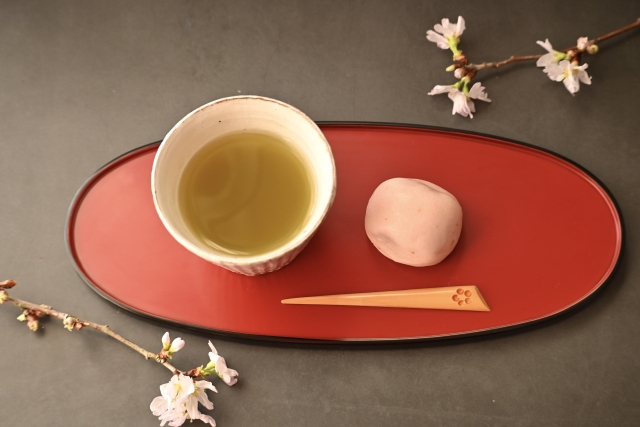
Sencha fits nearly every moment: a gentle cup in the morning, a clear taste to refresh the palate at lunch, or a relaxing drink in the evening. It pairs beautifully with onigiri, rice crackers, and soft sweets like manjū or castella.
While ichibancha offers quiet luxury, nibancha provides energy for everyday life — a balance of refinement and comfort that defines Japan’s tea culture.
Symbol of Hospitality

Serving sencha to guests is one of Japan’s simplest yet most heartfelt customs. It’s a quiet gesture of welcome, a way to pause and connect.
Whether high-grade shincha or humble daily tea, sencha reminds us that warmth and mindfulness can be poured into every cup.
